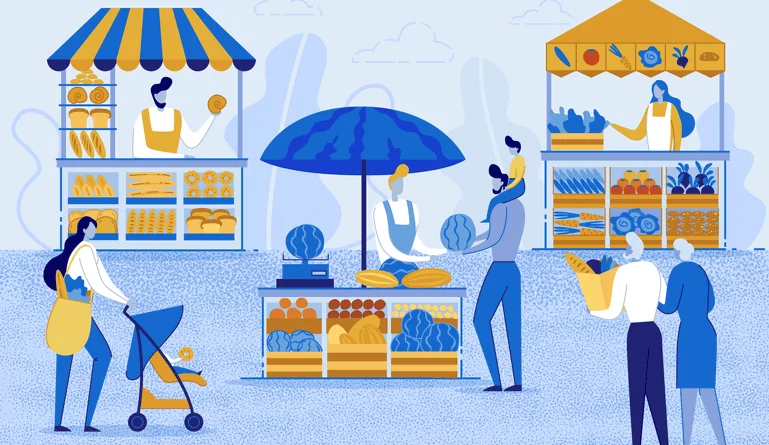NOTE: Jason Furman chaired President Barack Obama’s Council of Economic Advisers and is now a professor at Harvard University’s John F. Kennedy School of Government. He makes an optimistic case for consumer spending (written for Project Syndicate). I share because it reflects the thinking inside the Biden White House.
Some analysts predict that the US economy is heading into a recession. But, in spite of consumer confidence plummeting since August 2021 (akin to the 2008 financial crisis), household spending is much higher than it was then. 2nd quarter consumer spending is on track to be up at a 4% annualized rate. Will the boom last?
Inflation is running at a 40-year high, and real (inflation-adjusted) wage growth is at a corresponding 40-year low. Real disposable personal income per capita fell for five straight months, leaving it 2.1% below where it was in September. But, consumer spending increased 2% since September, roughly twice its normal annualized rate. How did consumers spend more while earning less?
In short, they spent down savings. The personal saving rate fell from above average (with households accumulating assets) to below average as consumers dipped into their savings to smooth out their consumption over time. Between March 2020 and December 2021, households added $1.6 trillion in extra disposable income by way of government stimulus checks and unemployment insurance.
At the same time, lockdowns reduced consumer buying by $800 billion, meaning US consumers entered 2022 with $2.4 trillion in excess savings – not including the huge run-up in asset markets through the end of 2021. These extra savings showed up in higher checking account balances, lower credit-card balances, and the purchase of other assets.
Still, four months of below-average savings only reduced household reserves by about $100 billion, leaving another $2.3 trillion for consumers to spend (despite this year’s stock-market declines). But – just because consumers can increase their spending does not necessarily mean that they will.
Spending fell more than necessary in 2020 (consumers avoided face-to-face services) and did not keep up with extraordinary income growth in 2021, meaning US households have not had to cut back amid the rapid income declines in 2022. This can allow spending to continue, growing by as much as (2% annualized rate) for the rest of 2022.
Consumer spending is about two-thirds of the US economy. If it stays strong, that will prevent a recession, especially if fixed investment keeps increasing. Pushing the US to recession are four factors: (1) a sharp rise in mortgage interest rates, (2) high oil prices and global supply-chain issues, (3) a stock market nearing bear territory and a yield curve that is almost inverted, and (4) the Fed raising rates to stem persistent inflation.
Real spending growth could slow dramatically, while nominal spending rises because prices and wages are both growing in nominal terms. A recession would pressure the rate of inflation down, but not by more than a half or full percentage point. The point here is that bringing inflation down today is more difficult than keeping US consumer spending up.
